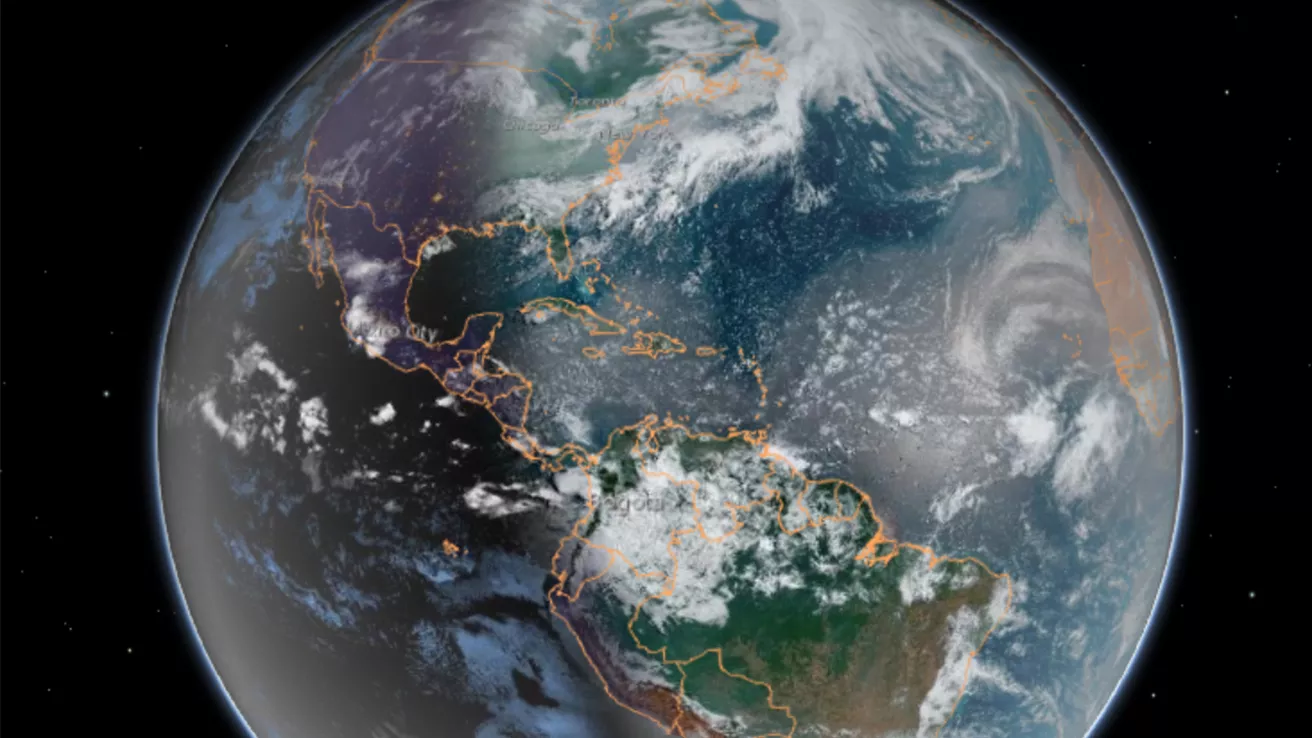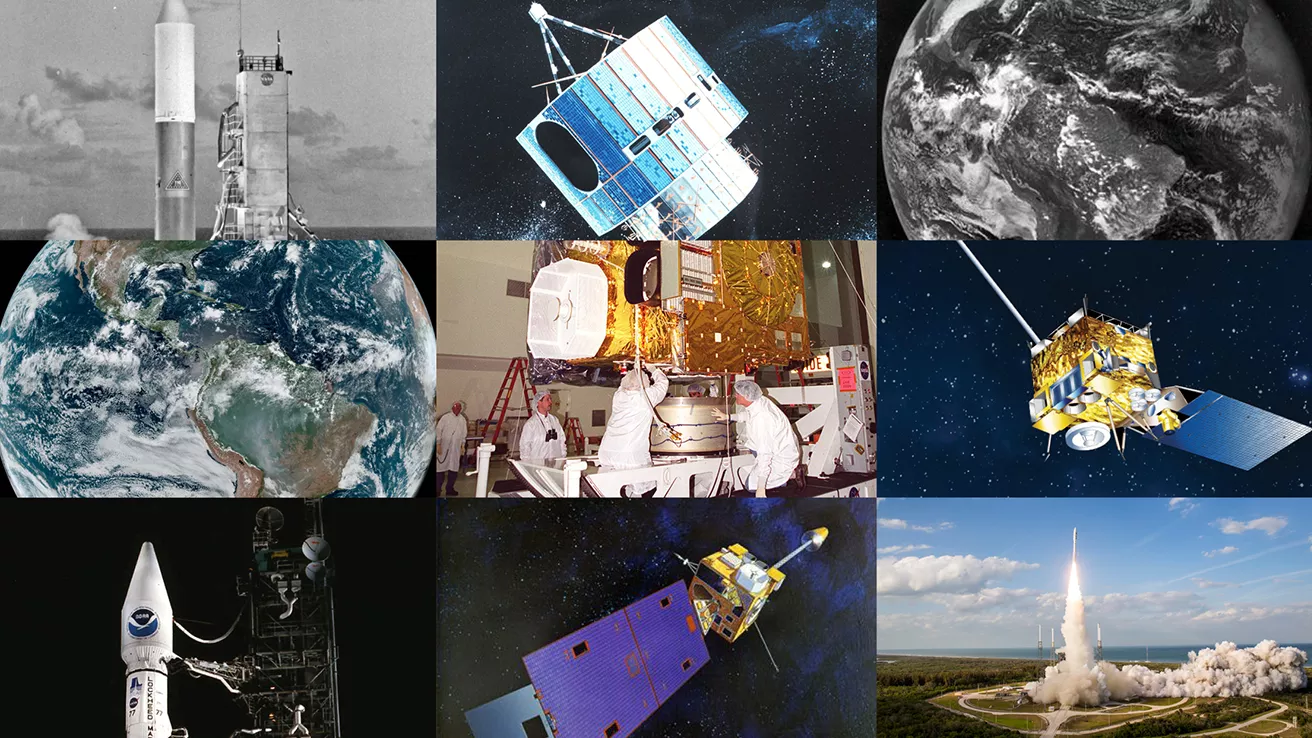Our dynamic world is always changing. See what it looks like now from space via our live feeds.
Explore interactively Interactive Maps
SWFO-L1 will transmit data to Earth continuously in real-time, protecting vital infrastructure, economic interests, and national security.
Fall 2025 NOAA's SWFO-L1 Launch
NOAA celebrates 50 years of its heralded Geostationary Operational Environmental Satellite program.
Fifty Years! 50 Years of GOES
Feature Stories
-
NOAA satellites see our planet from a unique and captivating perspective. Every year, our…
-
The Visible Infrared Imaging Radiometer Suite (VIIRS) instrument on NOAA-21 began collecting Earth…
-
The Advanced Technology Microwave Sounder (ATMS) instrument onboard the NOAA-21 satellite captured…
-
In honor of this anniversary, we are looking back at the first saves assisted by the international…
Data & New Technology
Data Purchases
NOAA is taking concrete steps to support the development of commercial markets for space-based weather data.
Visit the programs page Data Purchases
Data Collections
NOAA collects the most up-to-date data about the atmosphere, land, and oceans.
Learn about data information Data Collections
Pathfinder Initiative
Help develop studies for future applications of mission data products.
Read about pathfinder initiative Pathfinder Initiative
News & Announcements
-
NOAA has awarded the Fairbanks Command and Data Acquisition Station Operations and Maintenance…
-
On May 11, 2022, NOAA shared the first images of the Western Hemisphere from its GOES-18 satellite.
-
GOES East captured this dynamic imagery of massive grayish-white smoke plumes emanating from the…
-
Fire season in the Southwest and High Plains arrived early this year, fueled by gusty winds, low…
-
The COSMIC-2 mission is helping scientists better understand and predict space weather events.
-
Throughout history, humans have wondered what Earth looked like from above. The Mesopotamians…
-
NOAA plans to release three Broad Agency Announcements, or BAAs, that may lead to a review of…



